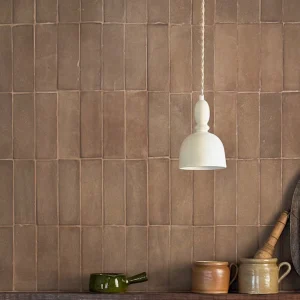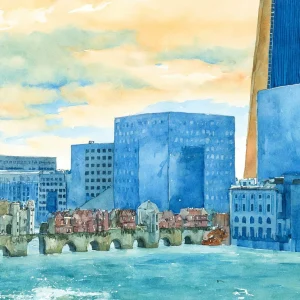
‘The new wave of Antarctic research stations show the inventiveness in design and engineering required to build in Earth’s most extreme conditions’, says Vicky Richardson, director of architecture, design and fashion at the British Council.
The exhibition showcase five ingenious designs – including the celebrated British Antarctic Survey’s Halley VI Research station by Hugh Broughton Architects, an exclusive review and photo diary of which will be featured in Blueprint’s upcoming re-launch issue. Other projects showcased include the Princess Elisabeth Research Station by the International Polar Foundation the first zero-emission research station from Belgium; India’s Bharati project by bof Architekten/IMS created from prefabricated shipping and abstract proposals from Denmark by MAP Architects that envision research stations carved deep into icebergs.
Collections of drawings, models, photographs, and films will ‘highlight the scientific advances which place on the frozen continent – from cutting-edge astronomy peering into the world’s clearest skies to studying its Dry Valleys, in conditions which simulate those of ‘Mars on Earth.’
In addition, Glasgow-based artist Torsten Lauschmann has been specially commissioned by The Arts Catalyst to produce two brand new artworks, Ice Diamond, and Whistler. The immersive work will offer sensations similar to that of the disorientation experienced by scientists living and working in the outside environment.
Commissioned by the British Council and curated by The Arts Catalyst, Ice Lab: New Architecture and Science in Antarctica is at Architecture and Design Scotland at The Lighthouse from 26 July – 2 Oct 2013 and then at MOSI (Museum of Science & Industry) as part of Manchester Science Festival from 21 October to 6 January 2014 before touring internationally.
Anne Bellamy





